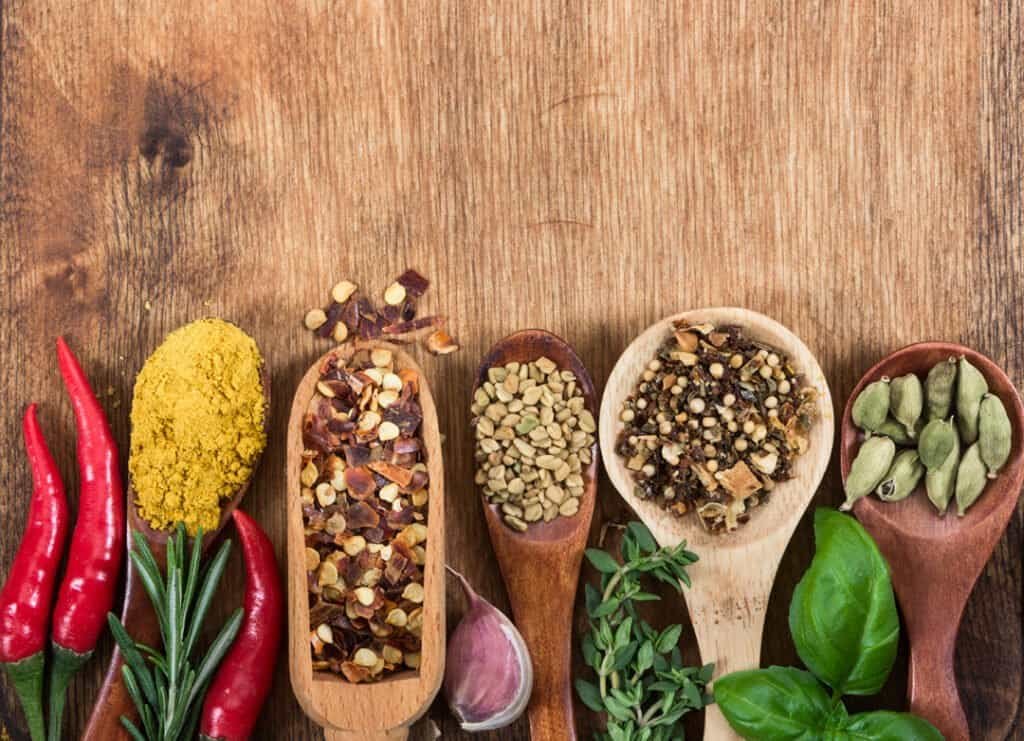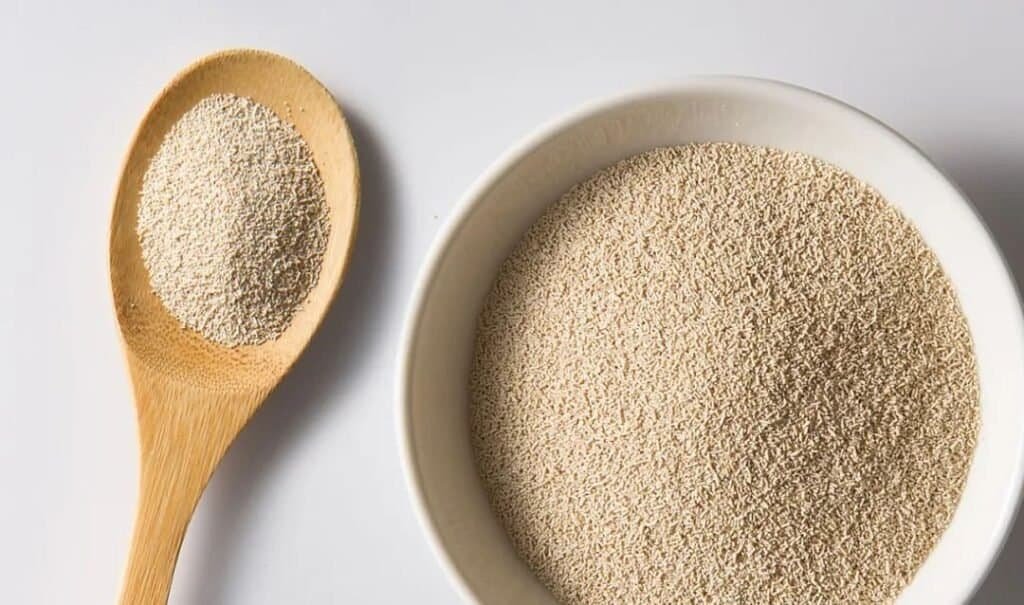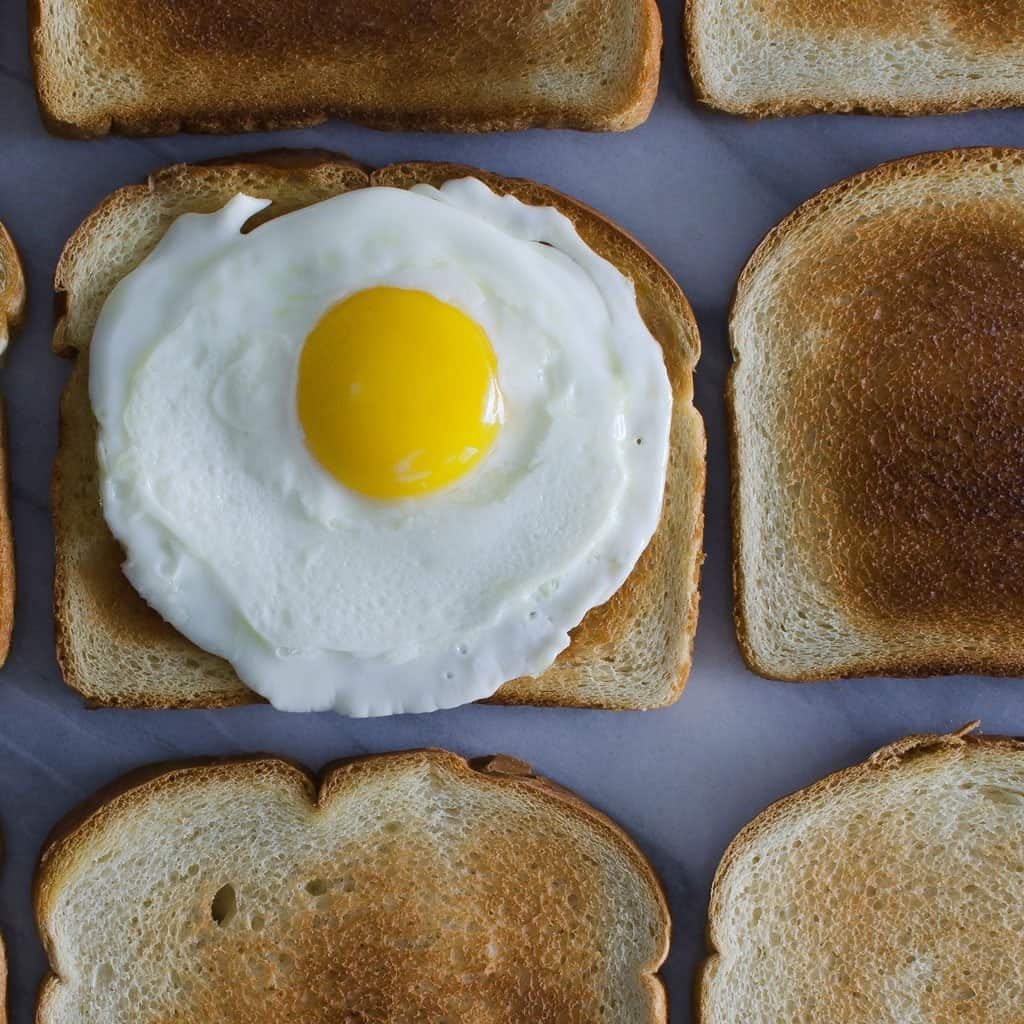After introducing high, medium, and low-gluten flours in my last piece, many of you have wondered why your buns turn out as hard as rocks or why your cakes don’t rise properly. These issues often stem from problems in the fermentation process.

Fermentation is crucial for making dough rise and become fluffy. The quality of any baked good largely depends on this process. The principle behind fermentation is simple: leavening agents generate copious amounts of carbon dioxide within the dough.
As the gas expands with heat, it creates airy pockets within the bake, resulting in a soft texture.

Common leavening agents include yeast, baking soda, and baking powder.
Today, let’s focus on yeast, the most convenient and easy to use among them.
01 – What is Yeast?
Yeast is one of the oldest natural leavening agents known to us. It usually appears in granular or block form, but what you see is maltodextrin, used for preservation and ease of use. The actual workhorses are the invisible yeast cells within.

These living organisms decompose glucose in the dough, releasing carbon dioxide and causing fermentation. Yeast is indispensable for making various Chinese and Western breads, including buns, steamed buns, and loaves.
Yeast is also crucial in brewing. Cake fermentation can be achieved with yeast or rice wine, both based on the same principle. Yeast is the secret behind twisted dough treats’ soft, milky texture.

It’s a reliable fermenting agent that’s easy to use and enhances the nutritional value of the dough. However, it has its downsides: a relatively slow fermentation process and sensitivity to moisture and temperature.
02 – Types of Yeast
1. Dry Yeast:

- The most common type found in markets and ideal for home baking, dry yeast has a shelf life of six months to a year. It’s ‘dormant’ yeast that needs water to activate.
- Usage is straightforward, requiring minimal quantity. It can be activated in warm water or mixed directly with flour and then combined with water.
- Popular brands include Angel, Mei Shan, and Sucuman. For higher quality, consider French Lesaffre yeast.
2. Fresh Yeast:

- The opposite of dry yeast, fresh yeast is ‘alive’ and doesn’t require activation.
- It ferments faster with a milder taste but has a short shelf life and needs refrigeration, making it more suitable for commercial use.
3. Natural Yeast:

- Easily cultivated with flour or grains and water under appropriate temperatures.
- “Old dough,” a type of natural yeast, is derived from previously fermented dough and is known for producing finer, more aromatic baked goods.
- However, natural yeast can be challenging for beginners due to its slow fermentation and unpredictable nature.

03 – Using Yeast: Tips and Troubleshooting
When using yeast, you may encounter some issues. Let me share some tips to help you adjust:
1. Why doesn’t my dough rise?

- Yeast thrives in warm, moist environments (25-35°C). Exceeding 38-39°C can be detrimental.
- In summer, room temperature works fine, but in winter, consider a fermenting box or an oven with a fermenting function.
- Yeast is sensitive to high concentrations of salt and sugar, which can deactivate it. Keep these ingredients separated by flour in the mix.
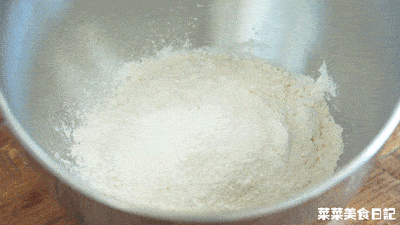
2. Why does my baked good taste sour?

- This happens due to excess yeast. The ratio of dry yeast should not exceed 5% of the flour quantity.
3. How to store yeast?
- Opt for small packets like 5g or 10g. Opened yeast should be refrigerated. Mix it with warm water and sugar to test its activity and observe for bubbles within 5-10 minutes.
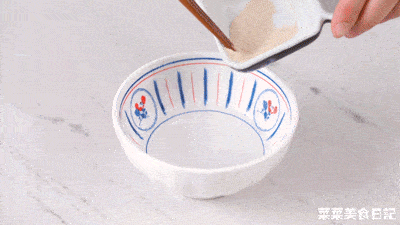
That’s all for today’s yeast sharing! If you have any questions, feel free to leave a comment. See you in the next article!


